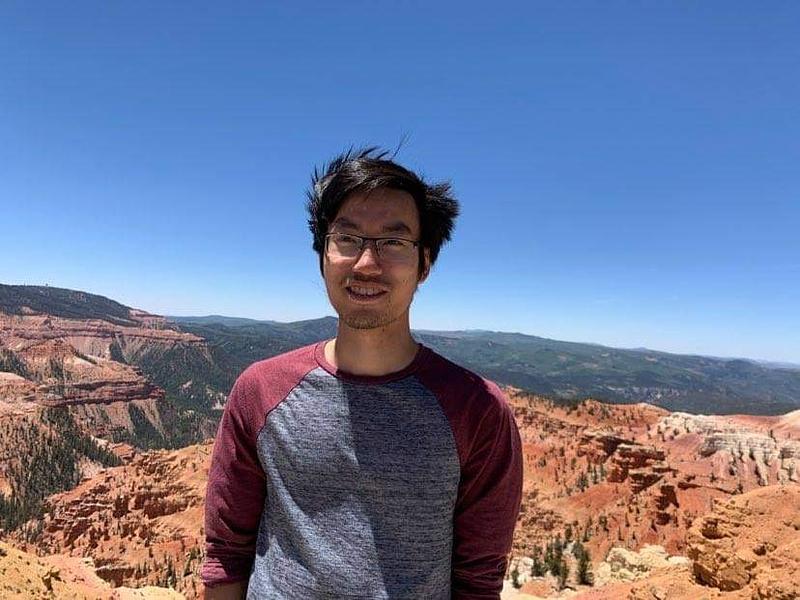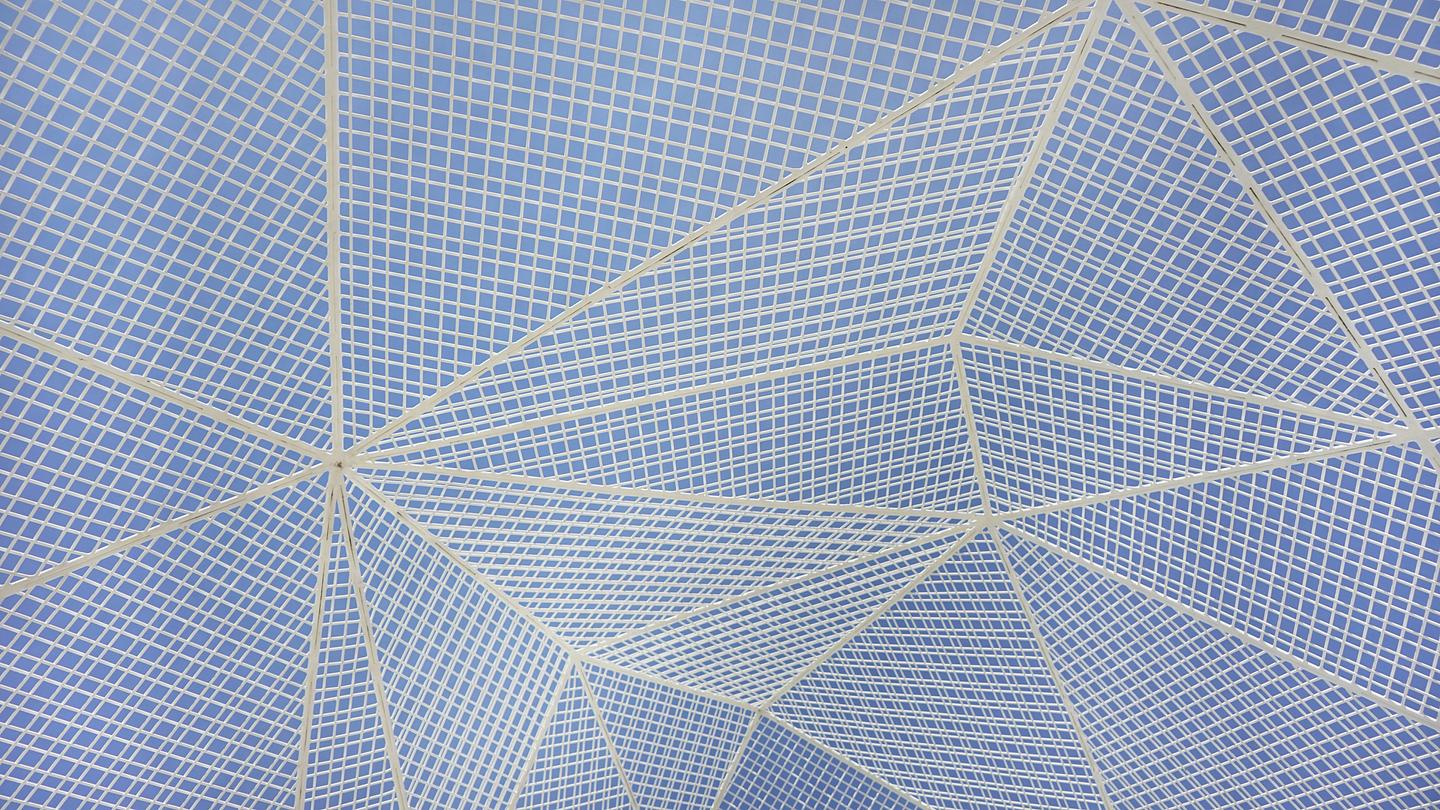- About the Tutorial:
A Visual Introduction to Nonlinear Dynamics is a concept-focused course that builds intuition for the behavior of nonlinear systems using animated visuals and paradigmatic examples from across the physical and biological sciences. The course progresses in structured stages, beginning with one-dimensional maps, moving through continuous-time systems with one and two variables, and concluding with systems that involve three or more dynamical variables. Key topics include fixed points, bifurcations, limit cycles, chaos, strange attractors, and Lyapunov exponents. Examples such as the logistic map, the Van der Pol oscillator, and the Lorenz system are used to illustrate how simple rules can produce complex and even chaotic behavior. This course is appropriate for learners who want a clear, visual introduction to nonlinear dynamics.
- About the Instructor(s):
Course Instructor

Sid Redner is a Resident Faculty Member at the Santa Fe Institute. He received an A.B. in physics from the University of California, Berkeley in 1972 and a Ph.D. in Physics from MIT in 1977. After a postdoctoral year at the University of Toronto, Sid joined the physics faculty at Boston University in 1978. During his 36 years at BU, he served as Acting Chair during two separate terms and also served as Departmental Chair. Sid has been a Visiting Scientist at Schlumberger-Doll Research in the mid 80's, the Ulam Scholar at LANL in 2004, and a sabbatical visitor at Université Paul Sabatier in Toulouse France and at Université Pierre-et-Marie-Curie in Paris.
Sid has published more than 250 articles in major peer-reviewed journals, as well as two books: the monograph A Guide to First-Passage Processes (Cambridge Univ. Press, 2001) and the graduate text, jointly with P. L. Krapivsky and E. Ben-Naim, A Kinetic View of Statistical Physics (Cambridge Univ. Press, 2010). He also a member of the Editorial Board for the Journal of Informetrics, an Associate Editor for the Journal of Statistical Physics, and a Divisional Associate Editor for Physical Review Letters. For more on Sid, visit his website.
Course Animator

Jonathan Lin is a Ph.D. student in Electrical Engineering at the University of Southern California. He studies neuromorphic devices and materials, with a focus on their use in physical realizations of dynamical systems and unconventional computers. He has previously worked as a graduate research assistant at Los Alamos National Laboratory. Jonathan received a B.S. in Computer Science from the University of Maryland, and an M.Eng. in Bioengineering from the same.In addition to his research interests, Jonathan also hopes to use his background to create "edutainment": articles, animations and simulations which improve science communication.
- How to use Complexity Explorer:
- How to use Complexity Explorer
- Enrolled students:
-
567
- Prerequisites:
- Like this tutorial?
- Donate to help fund more like it
- Twitter link
Syllabus
- 1d Systems
- 2d Systems
- Discrete and Delay Systems
- 3d Systems & Beyond

